Seattle Office Sales Stumble, Pipeline Dwindles
The metro’s transaction volume fell sharply year-over-year, according to CommercialEdge.
After a strong 2024, Seattle’s office sector stumbled out of the gate in 2025, with sales and completions trailing most peer markets. Year-to-date through April, Seattle’s office sales volume reached $136 million from the nine properties that traded, according to CommercialEdge information.
The metro’s underway pipeline also shrank year-over-year, from the 3.3 million square feet registered last year to just 814,824 square feet in April. The vacancy rate also increased to 27 percent, marking a 400-basis-point year-over-year jump. However, Seattle listing rates increased by an average of 5.4 percent year-over-year, reaching $39.
Seattle’s pipeline shrinks, on par with national average
As of April, Seattle’s office sector had 814,824 square feet of space under construction, accounting for just 0.6 percent of its total stock, CommercialEdge data shows. This figure was slightly below the 0.7 percent national threshold.
When also taking into account planned projects, the metro’s share clocked in at 1.8 percent. Austin continued to lead nationally with 10.6 percent, followed by Boston (7.3 percent). Seattle was behind all gateway markets.
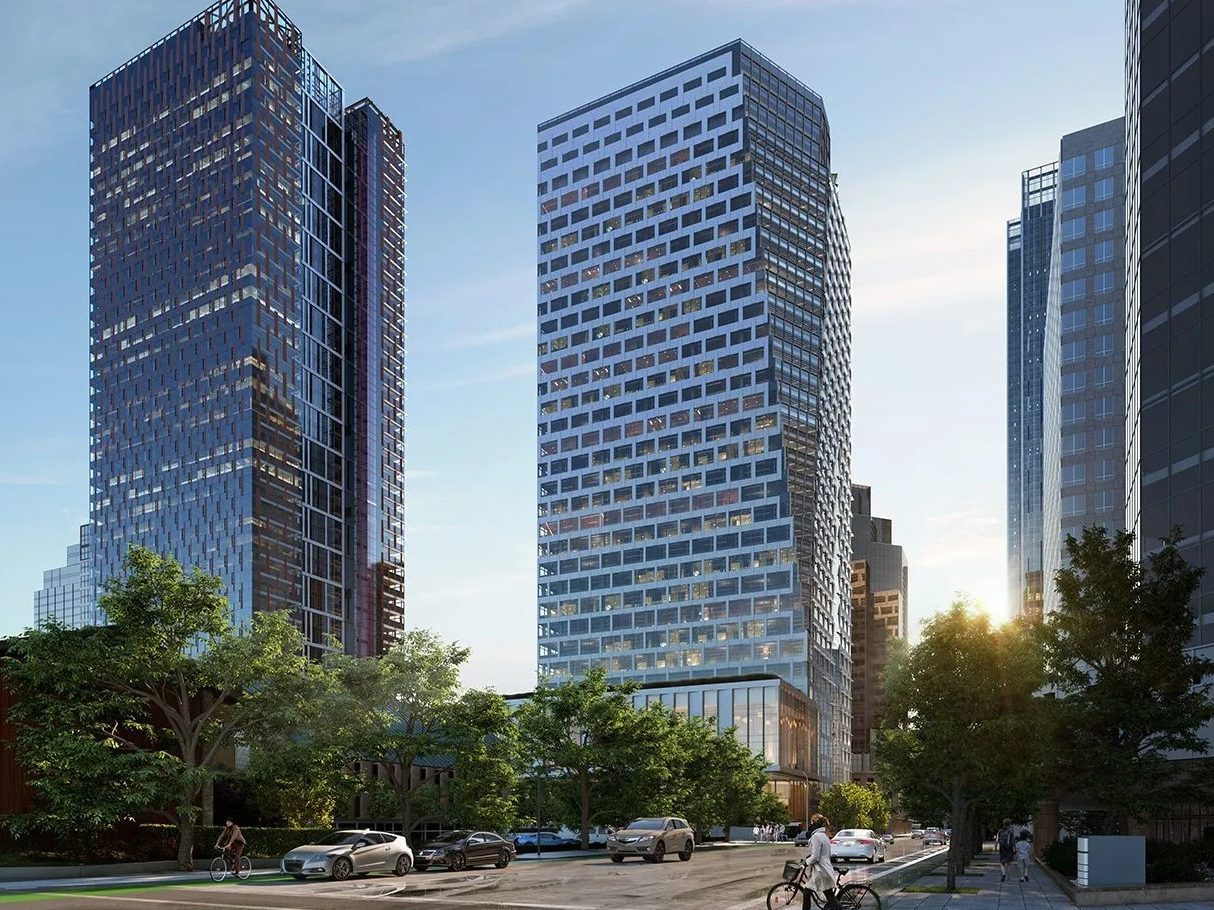
One of the largest projects underway is Amazon’s two building Bellevue 600 campus. The 43- and 31-story towers will add more than 1.5 million square feet of office space to the city’s inventory. It is scheduled to come online later this year.
Another building set to come online this year is Dune Real Estate Partners’ Four 106 in Bellevue, Wash. The developer broke ground on the 484,700-square-foot office building in 2022 using funds from a $270.5 million loan from Blackstone Group, CommercialEdge information shows.
Year-to-date as of April, Seattle’s office completions comprised two properties totaling 377,778 square feet—accounting for 0.2 percent of the metro’s total stock. Seattle surpassed Miami (285,700 square feet) and San Francisco (348,134 square feet), but lagged behind Washington, D.C. (511,864 square feet) and Boston (1.6 million square feet).
Sales volume, average office prices drop
Seattle’s office sales year-to-date through April clocked in at $136 million from the nine properties totaling 1.1 million square feet that changed hands. This figure decreased by almost one third, compared to the same period last year. Across gateway cities, Manhattan took the lead, with $2.6 billion in sales.
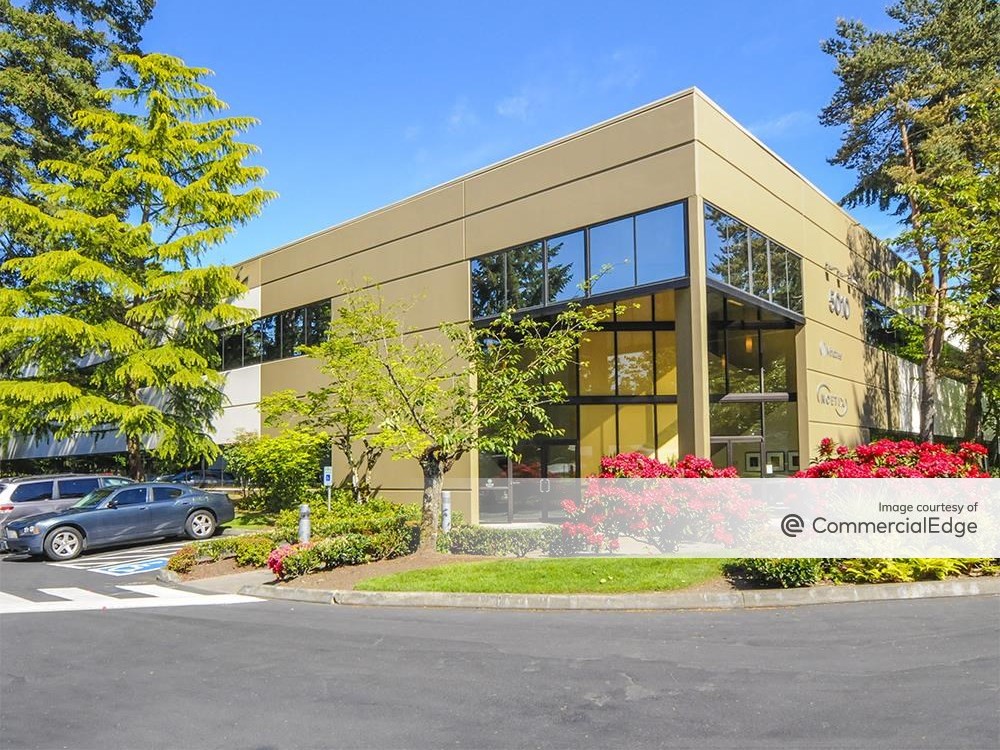
Assets in the metro traded for about $120 per square foot on average, well below the $191 national figure and the $241 average registered in 2024 during the same period. Among peer markets, only Chicago ($62 per square foot) had a lower price, while Manhattan ($439 per square foot) remained in the spotlight.
In April, Vibe Office Properties sold Redmond Woods, a 145,200-square-foot office building in Redmond, Wash., for $45 million, CommercialEdge shows. Muslim Association of Puget Sound acquired the asset for almost $310 per square foot.
Seattle’s office vacancy rate continues to rise

Seattle’s office vacancy rate at the end of April reached 27 percent, marking a 400-basis-point increase year-over-year. Additionally, it was considerably above the 19.7 national average. Among gateway metros, only San Francisco (29 percent) had a higher rate.
Earlier this year, UW Medicine’s Institute for Protein Design signed a 31,837-square-foot lease agreement at Cascadian at 330 Yale. A subsidiary of KKR owns the life science building totaling 211,555 square feet.
The market’s listing rate in April was $39, slightly above the $33.3 national figure. Manhattan ($68.3) ranked first nationally, followed by San Francisco ($64.2) and Miami ($56.5).
Government supports office-to-multifamily conversions
Amid the growing trend of converting office buildings into residential properties, CommercialEdge has launched the Conversion Feasibility Index, a tool aimed at assessing the practicality of adaptive reuse on a property level. Seattle emerges as a leading candidate, with about 8.8 million square feet of office space identified as having strong potential for residential adaptation.
In February, the Seattle City Council passed new legislation aimed at easing the conversion of vacant office buildings into housing. The law eliminates several regulations related to building size and design, helping developers reduce both costs and construction timelines. This initiative is part of the city’s broader effort to address underused office space—particularly in the downtown core—while increasing the supply of much-needed housing.
Coworking sector remains steady
The metro’s coworking sector encompassed more than 3.2 million square feet across 156 locations, a slight year-over-year increase from 3 million square feet. The share of coworking space as percentage of total inventory remained 2 percent—on par with the national average.
Compared to gateway markets, Seattle performed better than Washington, D.C. (1.7 percent), while Miami (3.8 percent) continued to have the largest share of space out of total stock. In terms of square footage, Manhattan (11.3 million square feet) remained in the lead.
Regus was the coworking provider with the largest footprint in Seattle, with 530,156 square feet across 26 locations. The company was followed by WeWork (345,315 square feet) and extraSlice (296,437 square feet).

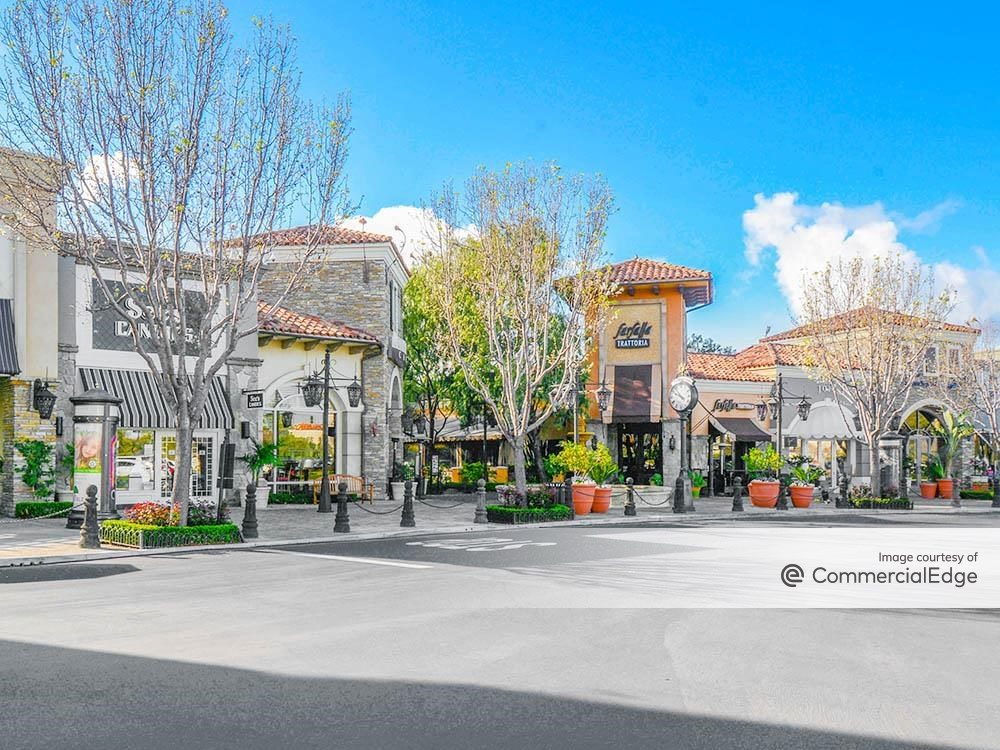
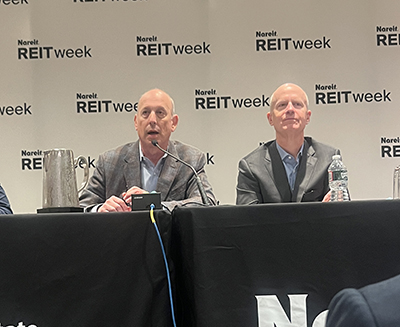
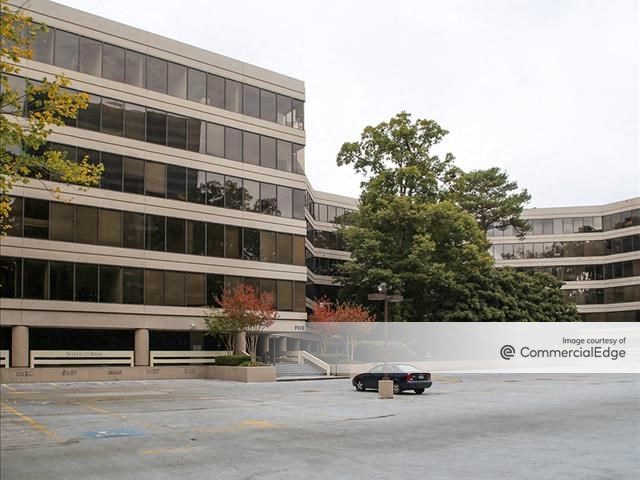
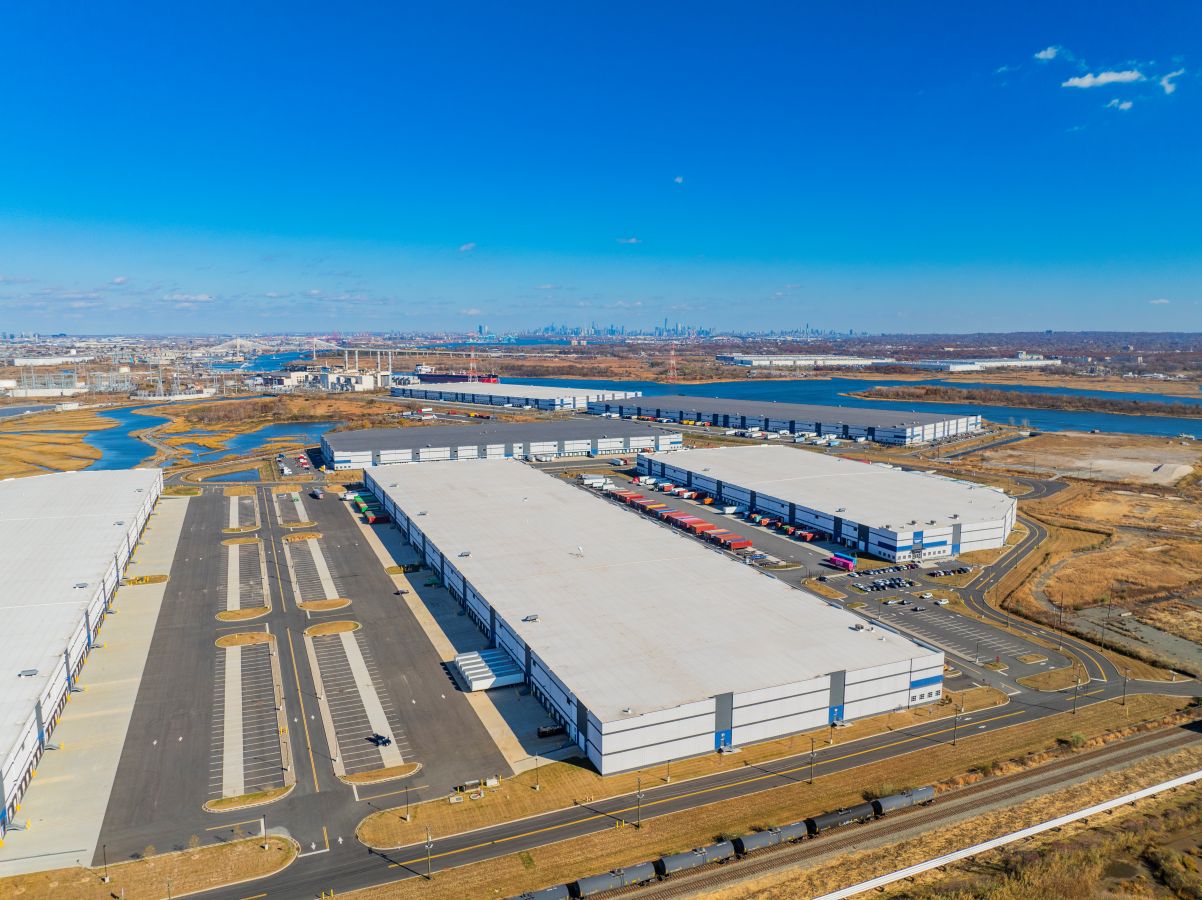


You must be logged in to post a comment.